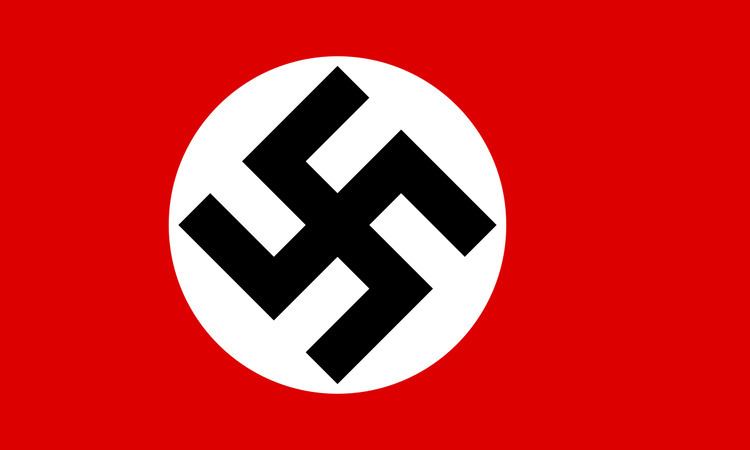Founded 1940 Date dissolved July 18, 1944 | Languages DutchFrenchGerman | |
 | ||
Political structure Military administration 1940–1944 | ||
The Military Administration in Belgium and Northern France (German: Militärverwaltung in Belgien und Nordfrankreich) was an interim occupation authority established by Nazi Germany that included present-day Belgium and the French departments of Nord and Pas-de-Calais. The administration was also responsible for governing the zone interdite, a narrow strip of territory running along the French northern and eastern borders. It remained in existence until July 1944. Plans to transfer Belgium from the military administration to a civilian administration were promoted by the SS, and Hitler had been ready to do so until Autumn 1942, when he put off the plans for the time being. The SS had suggested either Josef Terboven or Ernst Kaltenbrunner as the Reich Commissioner of the civilian administration.
Contents
Reichskommissariat
On 18 July 1944, the Military Administration was replaced by a civil one, led by the Gauleiter, Josef Grohé, who was named the Reichskommissar of the Reichskommissariat of Belgium and Northern France (Reichskommissariat Belgien und Nordfrankreich)
Role of collaborationist groups
The Nazi administration was assisted by fascist Flemish, Walloon, and French collaborationists. In binational Belgian territory, the predominantly French region of Wallonia, the collaborationist Rexists provided aide to the Nazis while in Flemish-populated Flanders, the Flemish National Union supported the Nazis. In Northern France, Flemish separatist tendencies were stirred by the pro-Nazi Vlaamsch Verbond van Frankrijk led by priest Jean-Marie Gantois.
The attachment of the departments Nord and Pas-de-Calais to the military administration in Brussels was initially made on military considerations, and was supposedly done in preparation for the planned invasion of Britain. Ultimately, the attachment was based on Hitler's intention to move the Reich's border westward, and was also used to maintain pressure on the Vichy regime - which protested the curtailment of its authority in what was still de jure national French territory - to ensure its good behavior.
Command structure
The Military Administration formed the core of a wider command structure which allowed the governance of occupied Belgium. It could rely on both military and civilian components:
Based on description in Van den Wijngaert, Mark; Dujardin, Vincent (2006). La Belgique sans Roi, 1940-1950. Nouvelle Historie de Belgique. 2: 1905-1950. Brussels: Éd. Complexe. pp. 19–20. ISBN 2-8048-0078-4.
